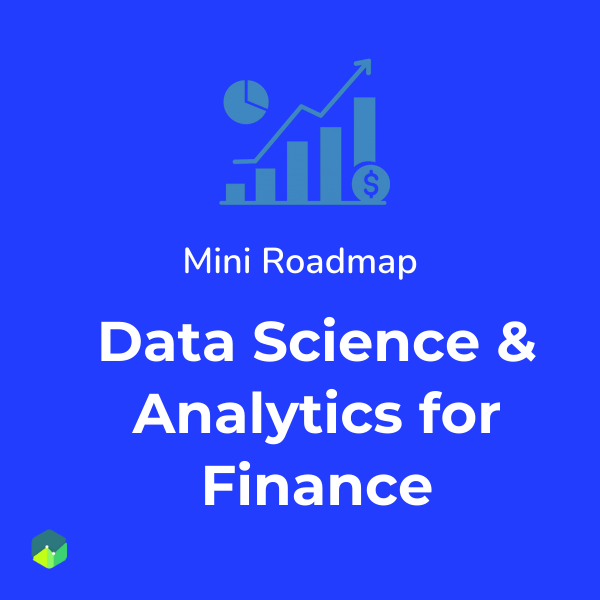Get full access to all Data Science, Machine Learning, and AI courses built for finance professionals.
One-time payment - Lifetime access
Or create a free account to start

A step-by-step guide covering Python, SQL, analytics, and finance applications.
Or create a free account to access more
Get full access to all Data Science, Machine Learning, and AI courses built for finance professionals.
One-time payment - Lifetime access
Or create a free account to start

A step-by-step guide covering Python, SQL, analytics, and finance applications.
Or create a free account to access more
This reading is a part of the syllabus for FRM Part 2 Exam in the section ‘Current Issues in Financial Markets’.
The “Flash Crash” of May 6, 2010 saw some stocks and exchange-traded funds traded at penniesonly to rapidly recover in price. We show that the impact of the Flash Crash across stocks is systematically related to prior market fragmentation. Interestingly, fragmentation measured based on quote competition – reflective of higher frequency activity – has explanatory power beyond a more standard volume-based definition. Using intraday trade data from January 1994-September 2011, we find that fragmentation now is at the highest level recorded. We also show divergent intraday behavior of trade and quote fragmentation on the day of the Flash Crash itself.
Madhavan, Ananth, Exchange-Traded Funds, Market Structure and the Flash Crash (October 10, 2011). Available at SSRN: http://ssrn.com/abstract=1932925 or http://dx.doi.org/10.2139/ssrn.1932925